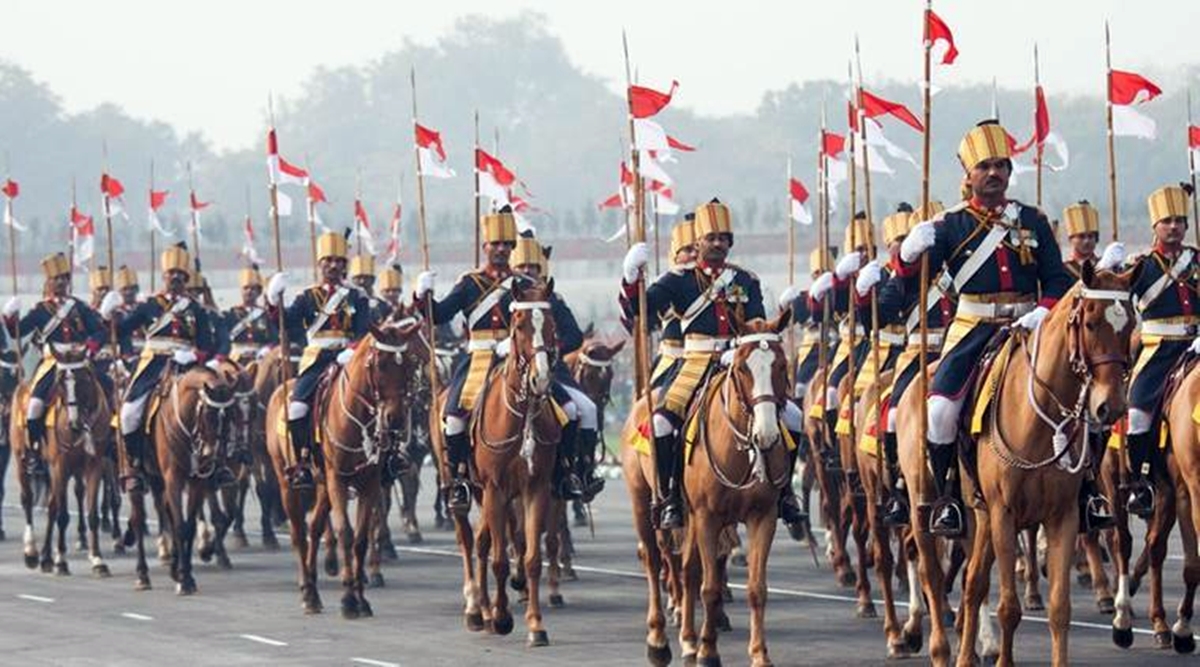 A detailed note on the subject can be found in the government printed book of 1924 titled ‘The Evolution of Army in India’. (Representational image)
A detailed note on the subject can be found in the government printed book of 1924 titled ‘The Evolution of Army in India’. (Representational image)The “leaked” terms of reference of an inhouse discussion held by the Adjutant General’s (AGs) branch in Army Headquarters on review of existing regimental traditions and structure has brought in focus the historical aspect of the role Indian Army played in the colonial period under the British rule till the present day.
On a practical aspect, the deliberations held by the AGs branch appear to be a precursor for a detailed presentation that will be made at the forthcoming Army Commander’s Conference as well as the Chiefs’ Conclave, which is attended by all former Chiefs of Army Staff.
While there has been considerable mirth generated by the leaked agenda points in the form of memes and jokes circulated on regimental WhatsApp groups, there has been muted reaction from the more prolific writers on military topics, particularly from the senior ranks of the Army. Isolated opinion pieces have been written by a few veterans yet there has been a studied silence from the senior retired officers group who appear to be adopting a ‘wait and watch’ policy. As reported by The Indian Express earlier this week, there is considerable scope for changes in the regimental traditions, crests and heraldry which still carry a colonial stamp and can be done away with. However, there is a general sentiment among veterans that this renewed indigenisation effort must be attempted with careful study of the history of the regiments rather than a slash and cut method which may irretrievably damage the fabric of the Army, coming as it is on the heels of the Agniveer recruitment scheme.
The AGs branch headed by Lt Gen CB Ponappa, would do well to remember that the term ‘Indian Army’ itself is a creation of the British and that prior to the reorganisation undertaken by Lord Kitchener in 1903, this term did not exist in the present form. Ironically, Kitchener’s house which still carries his name in Fort Williams in Kolkata, and which is the residence of GOC Bengal Area, is itself facing the axe according to the leaked agenda items of the AGs branch.
It was when Lord Kitchener was the Commander-in-Chief of the Army in India that the term ‘Indian Army’ came into vogue in order to distinguish the British Army regiments stationed in India from the British officered Indian regiments. Before 1903, the term ‘Army in India’ was used in order to refer to the Bengal, Madras and Bombay Armies in India.
A detailed note on the subject can be found in the government printed book of 1924 titled ‘The Evolution of Army in India’. The book notes that ‘The adjective ‘British and ‘Indian’ which differentiate the two main branches of the Army have been habitually used only in recent years. Even the term ‘Army in India’ itself-though employed loosely from 1875 onwards-only became a stereotyped and officially recognised title after 1903”.
It was on January 1, 1903 that Lord Kitchener carried out important changes in the Army’s structure in India and the official designation ‘Indian Staff Corps’ was abolished and officers of that Corps were designated ‘Officers of the Indian Army’. ‘It was realised that the former title was a misnomer because the bulk of the appointments held by the officers of that Corps were regimental, not staff, appointments. From that time forward the British officers, as well as the rank and file of Indian units, belong to one Corps, “The Indian Army”, notes the book.
The topic of Kitchener’s reforms and the subsequent reforms carried out in 1920-21 are itself a topic of vast debate but they also underline the fact that more drastic changes in the character of the Indian Army were undertaken by the British colonial masters than have taken place after Independence in India. The British legacy of changing with the times, when it came to disbanding regiments or raising new ones as per needs and changing rules of service, including pay and pensions, as per requirements has not percolated into the military brass after Independence which has remained in a static traditional mould and is now being pushed into change at top speed.
Full report on http://www.indianexpress.com